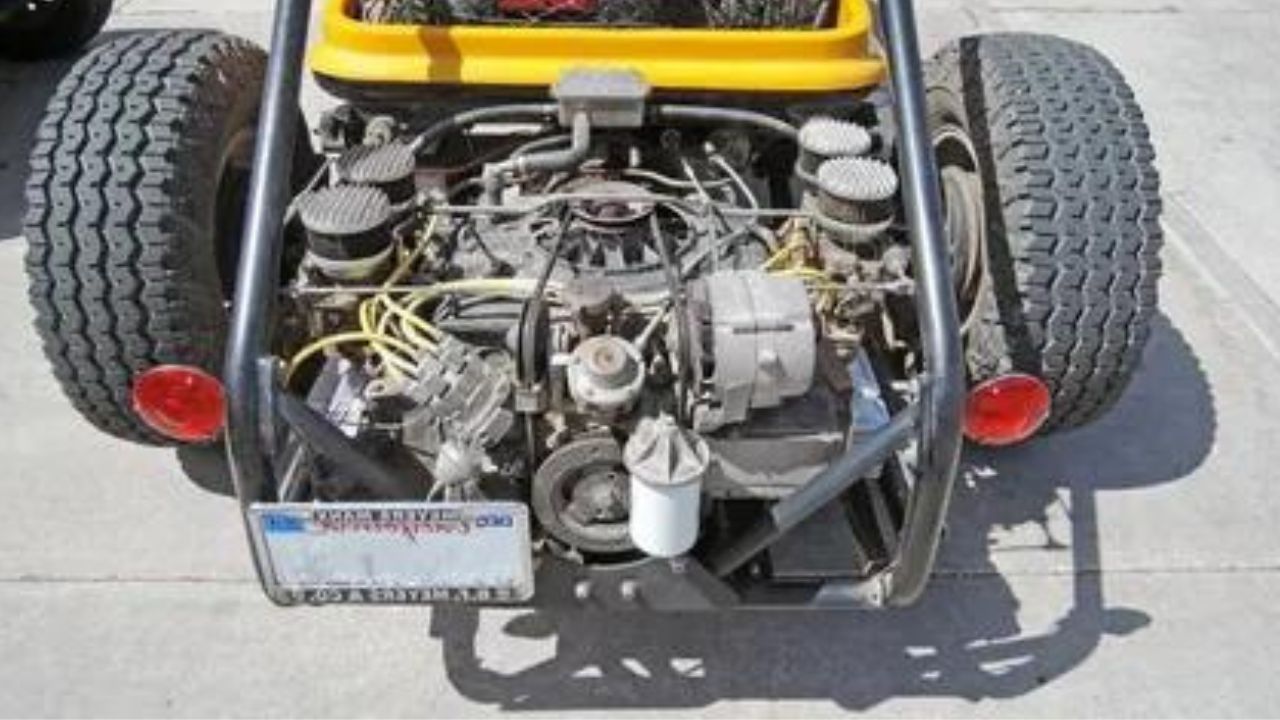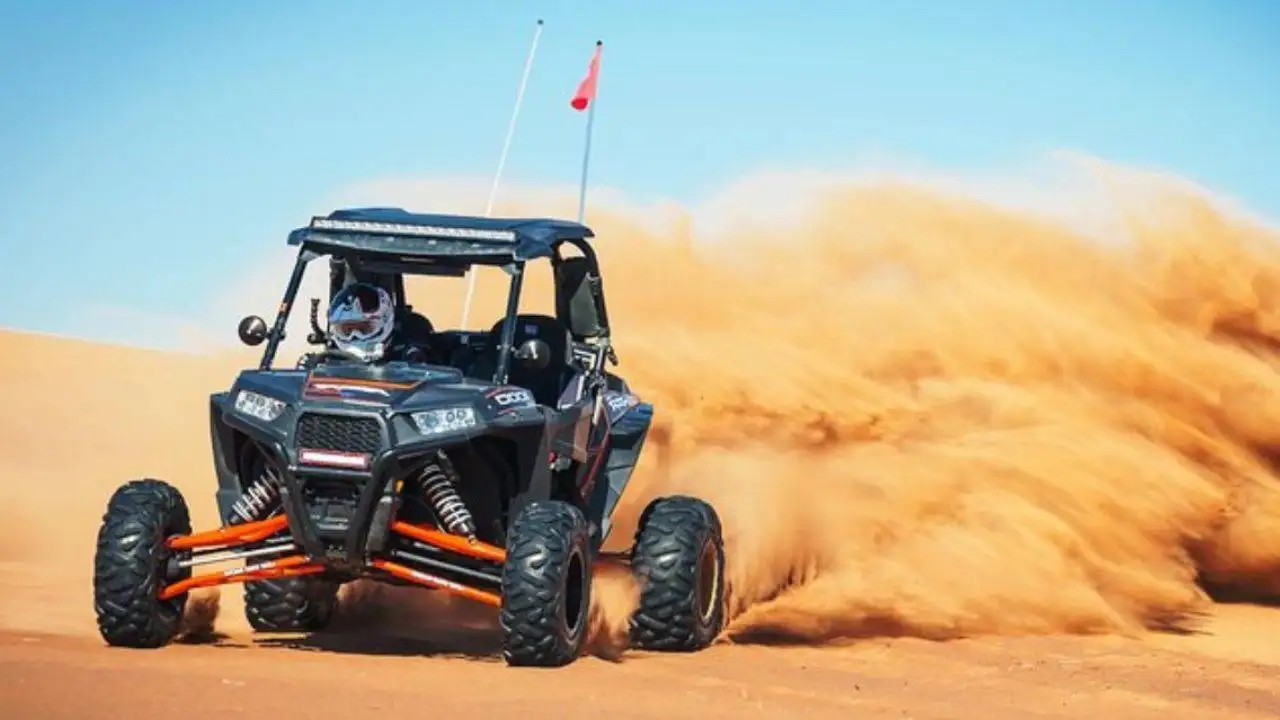When it comes to dune buggies, the engine is the heart of the machine, providing the power and performance needed to conquer rugged terrain and sandy landscapes. Selecting the right engine for your dune buggy is crucial for achieving optimal off-road performance and reliability. This guide will explore some of the best engines for a dune buggy, considering factors such as power output and durability, and ease of maintenance.
What is the Best Engine for a Dune Buggy?
When it comes to determining the best engine for your dune buggy, it’s essential to consider various factors that can significantly impact its performance and suitability for your needs. Understanding the terrain where you’ll be riding, whether it’s sandy dunes, rocky trails, or paved streets, is crucial in selecting an engine that can handle the challenges of that environment.
Additionally, the choice of energy source—be it gasoline, electric, or diesel—plays a pivotal role in determining the power delivery, range, and environmental impact of your dune buggy. Moreover, the weight of your buggy shouldn’t be overlooked, as it directly influences the type and size of the engine required to ensure optimal performance and efficiency. You may make an educated choice and select the ideal engine to take your dune buggy experiences to new heights by carefully weighing these variables.

What Exactly is an Off-Road Dune Buggy?
An off-road dune buggy is a lightweight, open-wheeled vehicle designed for traversing rugged terrain. These vehicles feature four or more wheels to offer stability on uneven terrain, and tiny motors usually drive them. Off-road buggies come in various sizes and shapes, all of which share the common objective of conquering difficult terrain.
Off-road buggies were invented in the 1960s as a means to access remote areas for recreational and exploratory purposes. Over time, they have garnered increasing popularity, serving both as recreational vehicles and competitive racers. Today’s market offers a plethora of off-road buggy options, each equipped with unique features and capabilities tailored to diverse preferences and needs.
High-Horsepower Dune Buggy Engine
For those aiming to dominate the track with sheer speed, a high-horsepower engine is the ultimate choice. Horsepower dictates both velocity and torque, with higher-horsepower engines boasting quicker acceleration. Specifically engineered to deliver substantial power output, high-horsepower engines prioritize speed over torque compared to standard counterparts.
Volkswagen Air-Cooled Engines
For many dune buggy enthusiasts, the classic Volkswagen air-cooled engine remains a top choice. The VW engine, which is well-known for its dependability, affordability, and simplicity, provides an excellent mix of power and economy for off-road driving. With displacement options ranging from 1600cc to 2276cc, VW engines provide plenty of torque for tackling dunes and rough trails.
Subaru EJ Series Engines

For those seeking more power and modern technology, the Subaru EJ series engines are a popular alternative. These horizontally opposed, four-cylinder engines are known for their smooth power delivery and excellent performance. With turbocharged variants available, Subaru engines offer impressive horsepower and torque figures, making them ideal for high-performance dune buggies.
GM LS-Series Engine
For enthusiasts seeking unparalleled power and performance, the GM LS-Series engine is a premier option. Renowned for its extensive selection of displacement options, robust aftermarket support, and demonstrated reliability, the LS-Series engine holds a special place among builders of high-performance dune buggies.
Honda K-Series Engines
Honda’s K-series engines have gained a reputation for their high-revving nature and exceptional reliability. These lightweight, four-cylinder engines offer excellent power-to-weight ratios, making them well-suited for dune buggy applications. Whether naturally aspirated or turbocharged, Honda K-series engines deliver responsive performance and are a favorite among dune buggy builders looking for a reliable and potent power plant.
Ford EcoBoost Engines
For enthusiasts seeking even more power and modern amenities, Ford’s EcoBoost engines are worth considering. These turbocharged, direct-injection engines offer impressive performance and fuel efficiency, making them suitable for both on-road and off-road use. With displacement options ranging from 1.6L to 3.5L, Ford EcoBoost engines provide plenty of power for tackling challenging terrain with ease.
V8 Buggy Engines
Buggy enthusiasts love V8 engines because they are readily available and simple to install. Available in various sizes and configurations, the standard big-block V8 emerges as the top choice for buggies. Renowned for their power output, big-block V8 engines were originally engineered for racing, ensuring ample performance. These engines seamlessly integrate into standard chassis and offer compatibility with both manual and automatic transmissions. While maintenance costs may be higher, the investment in a big-block V8 engine is undoubtedly worthwhile.
Yamaha R1 Motorcycle Engine
For those craving extreme performance, transplanting a Yamaha R1 motorcycle engine into a dune buggy is a popular choice. These high-revving, four-cylinder engines produce exhilarating horsepower and torque figures, propelling dune buggies to blistering speeds across the sand. While the installation may require some fabrication skills, the result is a dune buggy that offers superb performance and unmatched excitement.
Petrol Engines
Petrol engines dominate the off-road buggy scene due to their widespread availability and commendable power-to-cost ratio. While they deliver robust performance, gasoline engines demand consistent upkeep to ensure smooth operation. Moreover, they emit pollutants that are harmful to the environment. Nevertheless, if you prioritize power and performance, a gasoline engine could suit your needs. For instance, a 600-cc engine offers ample power for most off-road buggies.
Diesel Engines for Buggies
Diesel engines, which are frequently used in large trucks and other heavy-duty vehicles, provide economical performance with low maintenance needs. Their durability and low-end torque make them suitable for off-roading. However, their weight disadvantage often makes gasoline engines the preferred choice in most buggy applications, prioritizing speed over torque.
Additional Engine Options
Beyond the conventional choices, there are several alternative engines worth considering for buggies. Turbocharged engines, commonly found in modern cars, present a compelling option with their compact size, lightweight construction, and impressive power output.
While slightly pricier than standard engines, turbocharged engines offer enhanced performance capabilities. Alternatively, hybrid engines, prevalent in high-end SUVs, provide another enticing choice for buggies. Hybrid engines, which are well-known for their effectiveness and powerful power delivery, combine performance with fuel economy. However, their cost may pose a significant investment for enthusiasts.
Different Engines and Why They May be a Good Fit
After learning the essentials of off-road buggies and the important aspects to consider when choosing an engine, it’s time to carefully examine each type. By evaluating the strengths and weaknesses of different engine options, we can determine which one would be the most suitable choice for your buggy.

Conclusion
Your demands, tastes, and financial situation will all influence your selection of the ideal engine for your dune buggy. Whether you prefer the simplicity of a Volkswagen air-cooled engine or the high-performance capabilities of a Yamaha R1 motor, there’s a powerplant out there to suit your off-road adventures. By carefully considering factors such as power output, reliability, and ease of maintenance, you can select the perfect engine to power your dune buggy and embark on unforgettable off-road journeys.
FAQ
What is the Speed of a Dune Buggy?
The swiftest dune buggies can travel at up to 50 miles per hour (80 km/h), while the slower ones typically move at around 30 mph (48 km/h). Although traveling slowly has drawbacks, it also offers a crucial safety element.
Is a Dune Buggy an ATV?
The ATV, also known as a Sand Scooter or Dune Buggy, is sometimes called a four-wheeled motorcycle. It is an off-road vehicle designed for adventure sports, also called powersports.
What are the advantages of a dude buggy?
Reduced center of gravity for improved stability.
Thrives in a sandy environment.
You have the excitement of driving outdoors.
A local recycling center’s certified scale was used to calculate the weight of several dune buggies.
- A 36-hp Manx with fiberglass bucket seats, a front bumper, a roll bar, and a skid plate weighed 1250 pounds.
- A street-legal buggy with a single-loop roll bar and fiberglass seats weighed 1350 pounds.
- A full-drag race tube chassis buggy weighed 1200 pounds.
How Does a Dune Buggy Work?
Dune buggies generally use a combination of a lightweight frame, robust engines, and large off-road tires. This setup enables them to effortlessly traverse sandy dunes and rugged terrain. Most dune buggies accommodate two occupants, although some are specifically designed for a single driver and passenger.

